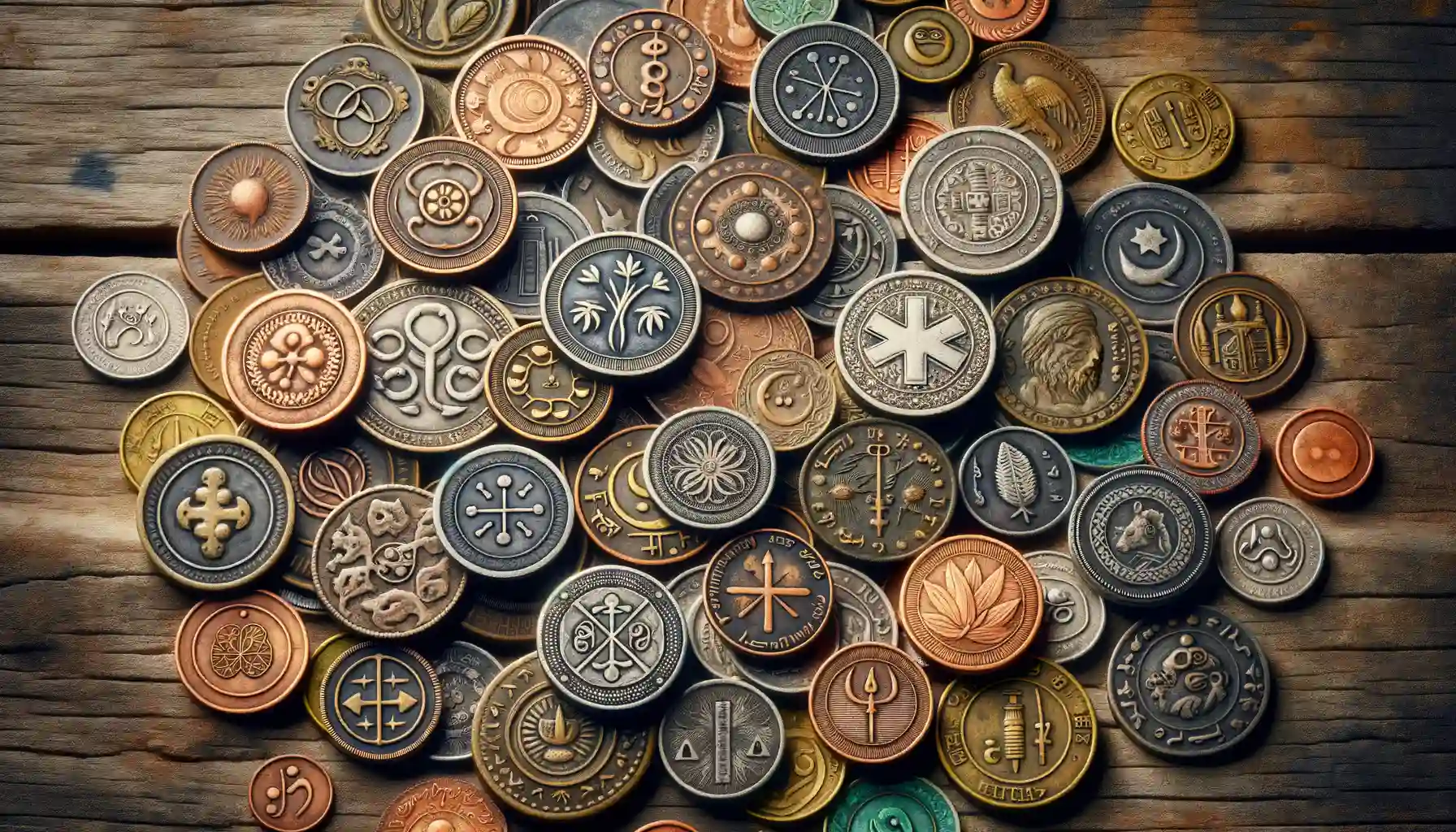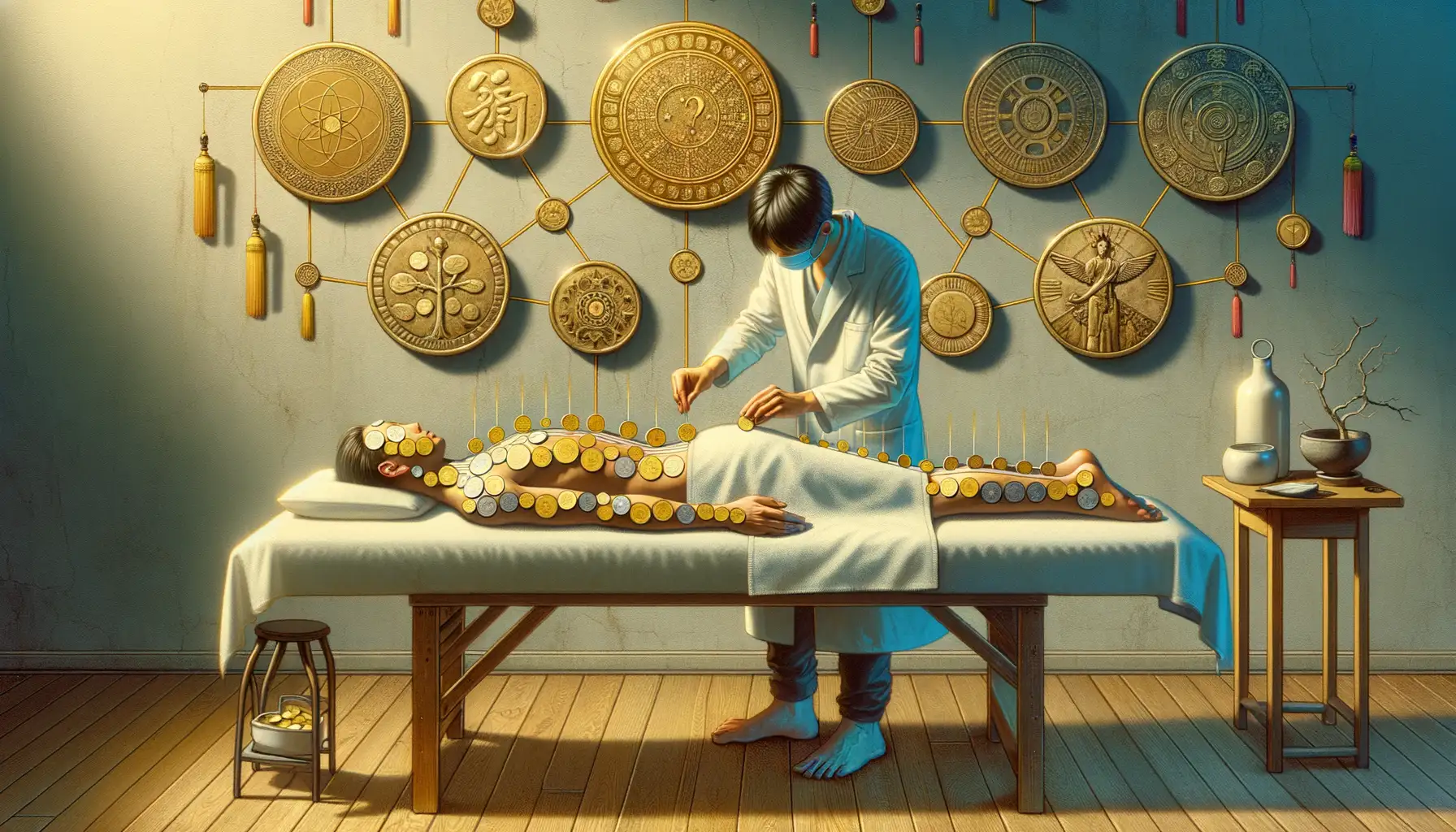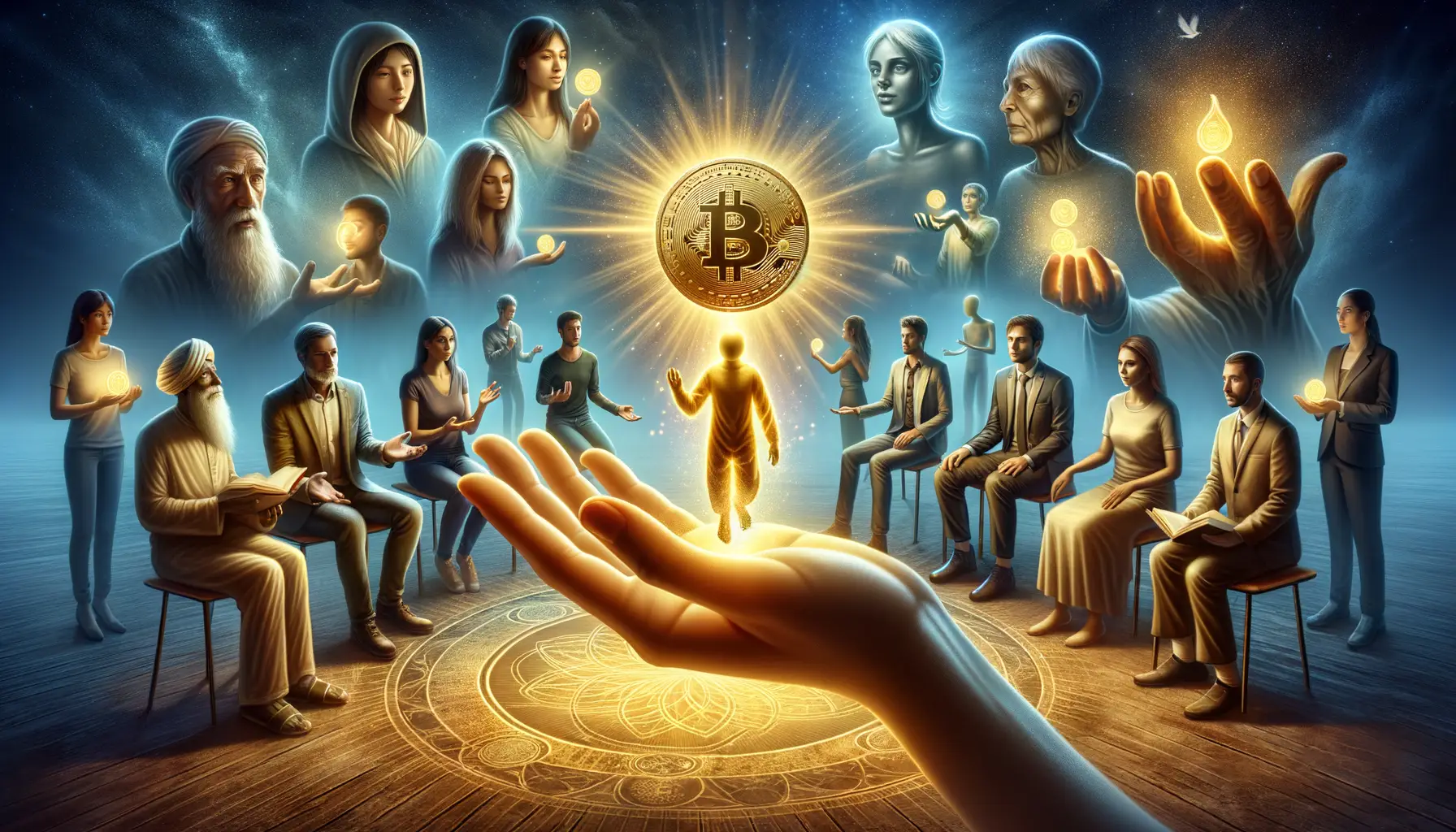Historical Significance of Coins in Healing Practices
Ancient Coins: Carriers of Energy and Mysticism
For centuries, coins have been far more than jingling bits of metal in your pocket—they’ve been imbued with history, energy, and a touch of mystery. Imagine holding a weathered coin that has traveled through countless hands, each leaving behind an invisible trace of their life, their struggles, and their hopes. It’s no wonder ancient societies saw coins as vessels for healing energy.
In Ancient Rome, people believed certain coins blessed by priests could ward off illnesses. Similarly, in Chinese tradition, “Wu Zhu” coins—often strung together with red thread—were worn around the neck to drive away evil spirits and invite good fortune. They weren’t just currency; they were talismans, protectors, deeply tied to the wearer’s well-being.
How were they used? People carried them close to their bodies, buried them near healing springs, or even placed them on wounds to “draw out” sickness. The logic may seem unusual to modern minds, but the emotional connection was profound—a fusion of faith, hope, and tradition.
Even if you can’t feel it, these metallic wonders hum with stories and centuries of belief.
Cultural Perspectives on Coins as Symbols of Healing

Coins as Messages from the Divine
Have you ever held an old coin, felt its weight, and wondered what it might symbolize beyond its monetary value? In many cultures, coins are more than mere currency—they’re seen as messengers of hope, carriers of energy, even tools of healing gifted by the divine. Take, for instance, the ancient Chinese practice of placing coins on the body during illness. This wasn’t about superstition—it was a way of channeling balance, like grounding oneself in nature during a storm.
In other traditions, coins became talismans, thought to ward off sickness. From Roman soldiers tucking silver coins into their armor for protection to modern charms in Italy made with tiny coin motifs, there’s a sense that these metallic tokens hold a connection to strength and vitality.
- In Irish folklore, coins thrown into “healing wells” were believed to grant relief from ailments.
- In Hindu rituals, silver coins dipped in holy water carry blessings for good health.
To this day, many cultures blend the physical and the spiritual, seeing coins as silent bridges between tangible healing and unseen forces. How incredible is that?
Rituals and Traditions Involving Coins for Spiritual Well-being

When Coins Become Keys to Energy Flow
Have you ever felt the gentle pull of tradition guiding you? In many cultures, coins are not just currency — they’re keys that unlock pathways to peace and harmony. Picture this: a serene evening in Bali, where offerings called “canang sari” are meticulously arranged. Among flowers and incense, a coin gleams in the center, anchoring the ritual with its grounding energy. It’s believed to invite balance between the realms of gods and humans — a kind of spiritual handshake.
And it doesn’t stop there. Coins are also used for divination. Think of the ancient Chinese art of I Ching, where tossing three coins isn’t randomness, but a whispered conversation with fate itself.
- Some place coins beneath their pillow to ward off bad dreams.
- Others bury them at crossroads for protection or clarity in life decisions.
- In wedding ceremonies across cultures, coins symbolize blessings of prosperity and unity.
The Hidden Power of Gifting Coins
There’s an almost magical weight to the act of gifting a coin. In Greece, slipping a shiny new coin into a baby’s crib is a way to guard against misfortune. Meanwhile, in Italy, handing someone a coin when giving knives or scissors ensures the bond isn’t “cut.” Small acts, big intentions.
These traditions resonate deeply because coins feel personal. Their metal holds warmth from touch, their jingles accompany memories. And maybe—just maybe—that’s why they have the uncanny ability to nourish both spirit and heart.
Modern Adaptations of Ancient Coin-Based Healing Practices

Bringing Ancient Coin Healing Into the 21st Century
Who would have thought that something as simple as a coin could make its way from ancient rituals to trendy wellness practices? Yet here we are, watching centuries-old traditions get a glowing makeover in our fast-paced era. Today’s world hasn’t abandoned the soulful wisdom of our ancestors—it’s embraced it, dressed it up, and added a modern twist.
One of the most fascinating adaptations is the rise of energy-focused coin therapies. Picture this: sleek copper or silver coins repurposed as tools for acupressure or even reiki. Practitioners believe the metal’s natural conductive properties help “realign” your energy flow. Curious? You’re not alone. These sessions are popping up in wellness clinics and Instagram feeds alike.
- Specialized DIY healing kits now include coins paired with essential oils, inviting you to create your own sacred rituals.
- Jewelry brands are designing pendants infused with symbolic coins—perfect for carrying a piece of ancient healing wherever you go.
And let’s not forget the role of virtual communities. Discussions on platforms like TikTok have sparked a resurgence of interest in coin-based practices, blending mysticism with everyday mindfulness. It’s almost like holding hands with history while scrolling through the future.
The Psychological and Social Impact of Coin Rituals in Healing

Deep Connections: How Coin Rituals Speak to Our Hearts and Minds
Have you ever held a coin and felt its weight—not just in grams, but in meaning? Coin rituals aren’t just about tossing metal into a fountain or burying it under moonlight; they’re layered with emotional resonance. These small, circular objects have an uncanny ability to stitch together the frayed fabric of our inner selves. Why? Because they carry stories, hopes, and intentions, passed from hand to hand, like whispers in a universal language.
Emotionally, coin rituals often offer a sense of control in moments of chaos. The act of setting an intention—whether through burying a coin as a symbol of “planting” new beginnings or balancing one on your palm to absorb a moment of reflection—grounds the soul. For someone grieving or searching, such tactile acts can feel like echoes of purpose.
Socially, they bind us. Think of the coins slipped into wedding shoes for good fortune or the communal pot for charity at Lunar New Year celebrations. Rituals like these transform mere coins into tools fostering unity, tradition, and shared goodwill.
- Trust: Coin exchanges build trust in communities, symbolizing fairness and balance.
- Storytelling: Each coin ritual carries a tale, connecting generations and cultures.
The Spellbinding Psychology Behind Coin Rituals
Why does flipping a coin—or keeping a lucky one in your pocket—feel so oddly magical? It’s not just superstition; it’s psychology. Coins provide an anchor in uncertain moments, their tangible presence reminding us to pause, breathe, and focus.
Take this: when someone places a coin under their pillow for dreams of clarity, it’s not the magic of the coin itself—it’s the deliberate act of creating space for hope. Coins, in these rituals, become microcosms of human intent—a stand-in for what we crave emotionally but cannot yet grasp.
In group settings, they amplify this effect. A circle of hands exchanging shiny tokens during a ritual? That’s not just ceremony; it’s a collective inhale—a synchronization of energies that says, “We’re all in this together.”
